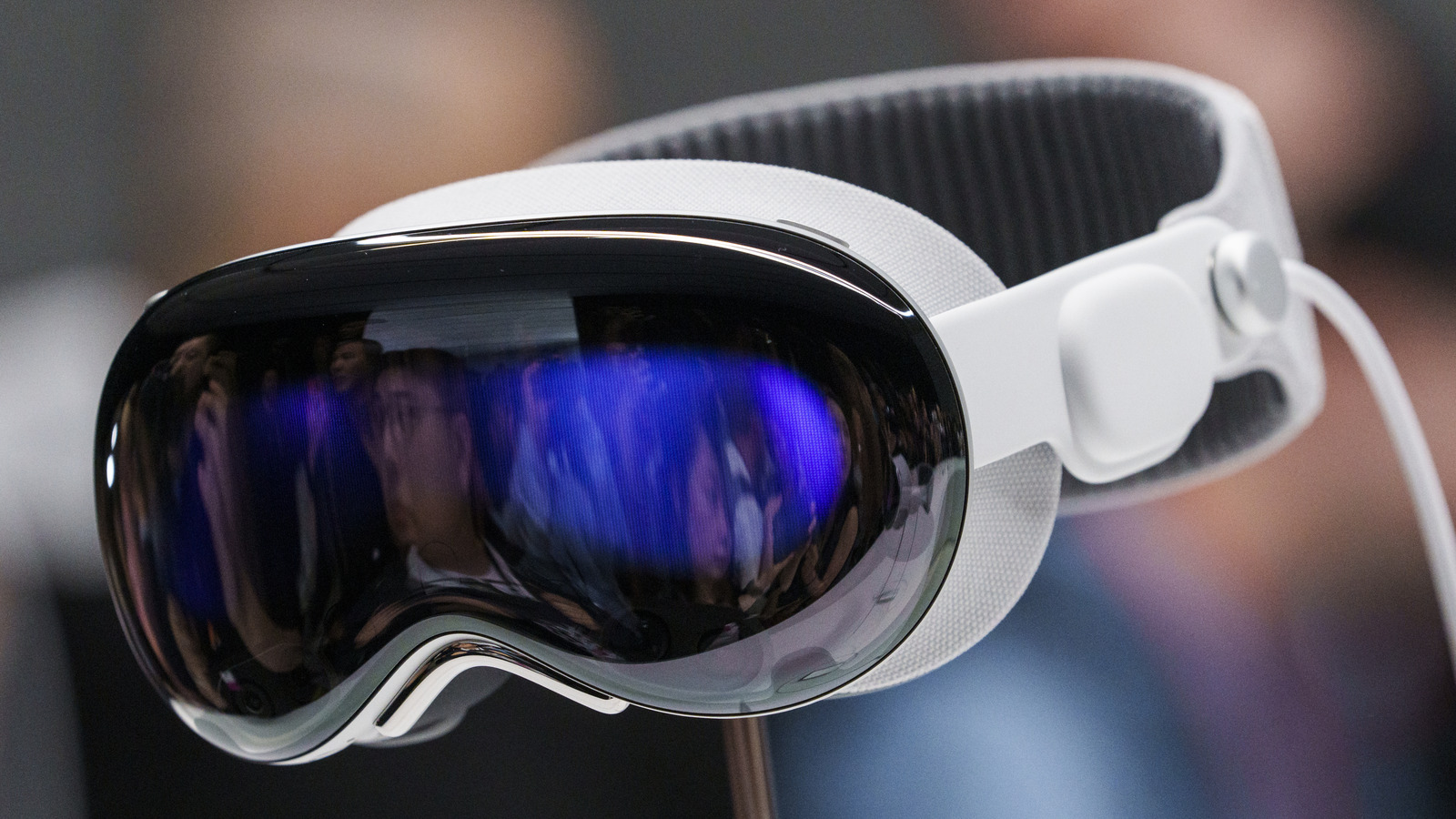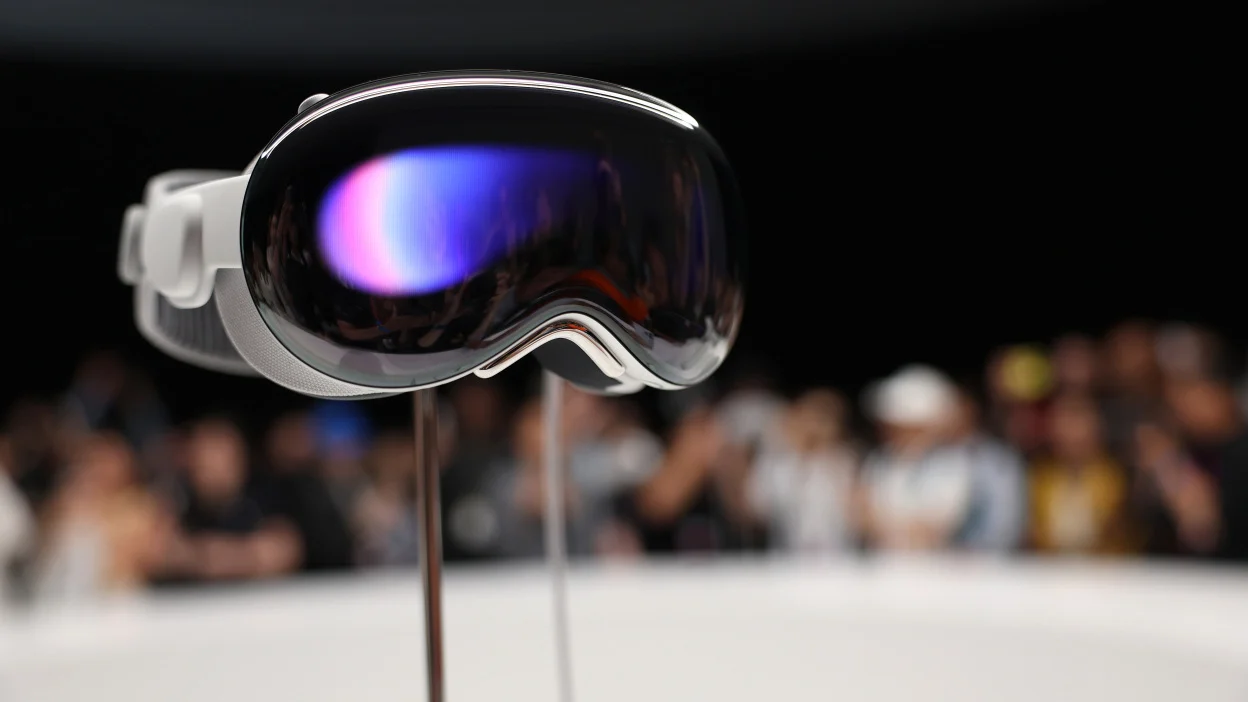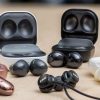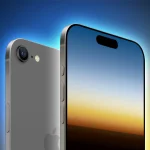Apple’s Vision Pro has long been understood as a precursor to a lower-cost AR/VR headset from the company, but there has been speculation about when this more affordable model might launch. Reports have suggested a release as early as 2025, though conflicting predictions from industry analysts such as Ming-Chi Kuo and Mark Gurman indicate potential delays to 2026 or 2027. While initial expectations leaned toward a relatively imminent release, Apple appears to be refining its strategy, focusing on balancing technological capability and affordability to expand its audience beyond early adopters.
The design of a non-Pro Vision headset will require Apple to make significant trade-offs. While the company must lower costs to appeal to a broader market, it also needs to maintain enough features to differentiate its product from competitors like Meta’s Quest headsets. One notable feature likely to be omitted is EyeSight, a complex and costly addition that has received mixed reviews. Its removal would simplify production and reduce expenses, signaling a clear prioritization of core functionalities over auxiliary features.

The quality of the displays will likely remain a priority for Apple, though with compromises. Vision Pro’s high-end OLEDoS technology delivers exceptional resolution and refresh rates but comes with significant manufacturing challenges and costs. A lower-cost model is expected to adopt OLEDoS displays with reduced resolution, likely in the range of 1,500 to 1,700 pixels per inch, which would still support high-quality visuals while enabling greater production scalability. The trade-off might result in a narrower field of view, but Apple aims to maintain image realism.
Material choices will also play a role in reducing the cost of the lower-priced headset. Vision Pro’s aluminum construction adds to its premium feel but also makes it heavier and more expensive to produce. Shifting to plastic components could lower costs and improve comfort for longer wear times. Other cost-saving measures, such as potentially tethering the device to an iPhone to offload processing tasks, have been speculated but remain uncertain due to practical concerns like power requirements and usability challenges.
Pricing for the non-Pro Apple Vision model is expected to fall between $1,500 and $2,000, a significant reduction from the $3,400+ price of Vision Pro. This range aims to make the product more accessible to a wider audience while maintaining Apple’s reputation for high-quality technology. CEO Tim Cook has acknowledged the current Vision Pro’s niche appeal and emphasized the importance of balancing innovation with broader consumer adoption. By addressing comfort and cost challenges, Apple hopes to expand its AR/VR footprint while staying competitive in an evolving market.




